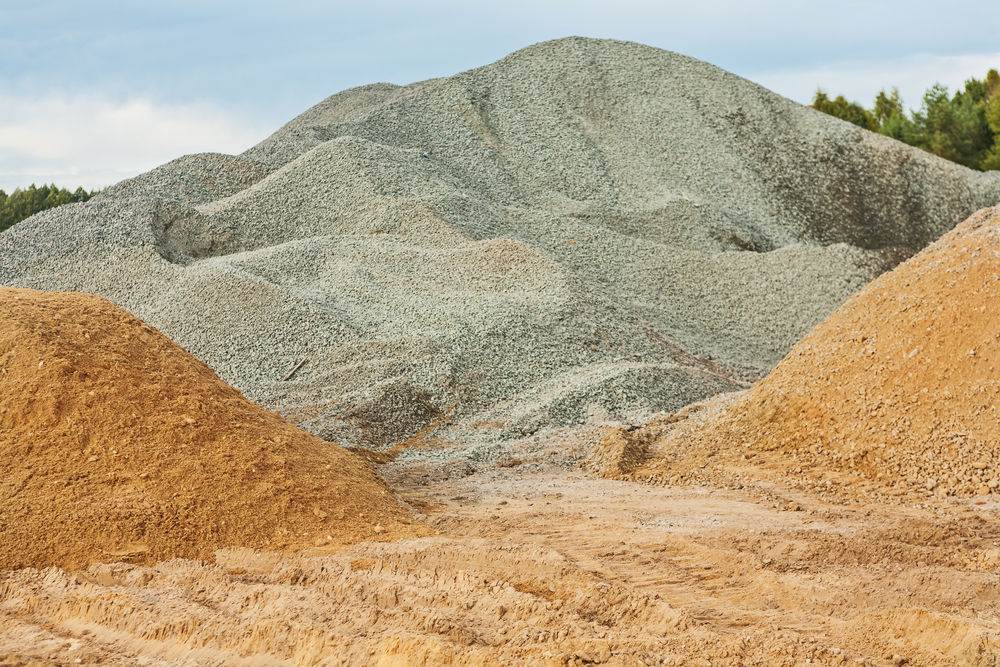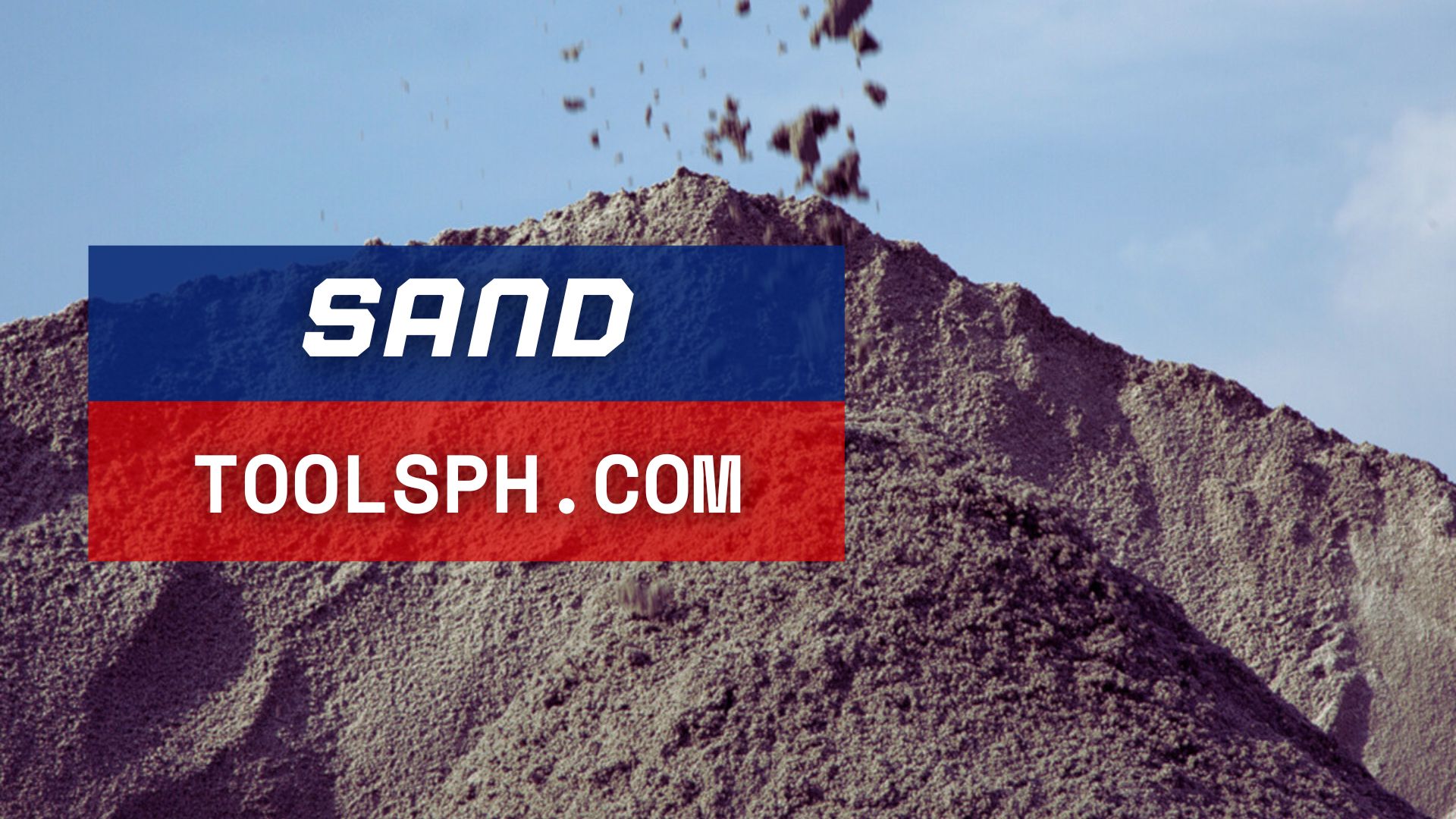Sand is one of the most abundant resources on Earth, found in various environments such as beaches, deserts, riverbeds, and seabeds. It is an indispensable material because it is very versatile making it usable in a wide range of applications such as in construction, landscaping, filtration, beach nourishment, sports, manufacturing, and aquariums. Due to its abundance, affordability, and unique physical properties, it has become a valuable resource for various industries and activities around the world.
Sand Prices
Sand prices vary depending on the quality of the sand, ranging from ₱1,300.00 to ₱1,600.00 per cubic meter.
| Details | Unit | Prices |
| Bistay or Vibro Sand | Cubic Meter | ₱1,600.00 |
| White Sand | Cubic Meter | ₱1,900.00 |
| S1 or Washed Sand | Cubic Meter | ₱1,300.00 |

Advantages of Sand
Versatility – Sand is a highly versatile material with numerous applications in various industries such as construction, landscaping, filtration, manufacturing, recreation, and more.
Abundance – Sand is one of the most abundant natural resources on Earth, and it can easily be found in vast quantities on places like beaches, deserts, riverbeds, and seabeds around the world.
Inexpensive – Sand is generally inexpensive when you compare it to other building materials, which makes it a cost-effective option for various construction and landscaping projects.
Easy to Work With – Sand is easy to handle, transport, and shape, which is why it is used in a wide range as it is very suitable for applications that require filling, leveling, compacting, or molding.
Drainage – Due to its porosity, sand is a material that has excellent drainage properties which is why water can pass through it easily. Because of this, sand is commonly used in drainage systems to improve soil permeability and prevent waterlogging.
Disadvantages of Sand
Limited Resources – While sand is abundant globally, the availability of high-quality sand that is suitable for construction and manufacturing purposes is limited, which could lead to overexploitation of local resources and environmental degradation.
Environmental Impact – Extracting, processing, and even the transportation of sand can have significant environmental impacts such as animal habitat destruction, altered landscapes, both air and water pollution, and can disrupt ecosystems and wildlife habitats.
Sand Mining – Unsustainable sand mining practices, particularly in rivers, lakes, and coastal areas, can result in ecological damage, loss of biodiversity, and adverse effects on water quality, hydrology, and sediment transport processes.
Health Concerns – Inhalation of airborne sand particles during sandblasting, construction, or mining activities can pose health risks, including respiratory problems such as silicosis, lung cancer, and other respiratory diseases.
Video about Sand
FAQs
What sand is used in construction?
Different varieties of sand are used in construction, the most common ones are river sand, crushed sand, and pit sand.
What is building sand called?
Building sand is a type of sand commonly used in construction and building projects, also known by various other names such as river sand, screeding sand, plasterer’s sand, mason’s sand, and bricklayer’s sand.
What is the purpose of sand?
Sand plays an important role in a variety of applications across various industries, and contributes to the stability, functionality, and durability of structures and products.
Why sand is used in concrete?
Sand is a crucial ingredient that is added to concrete to provide it with strength, durability, and added workability of the material.
Which sand is best for structure?
Concrete sand is the best variety you could use for building structures due to its lack of impurities.


